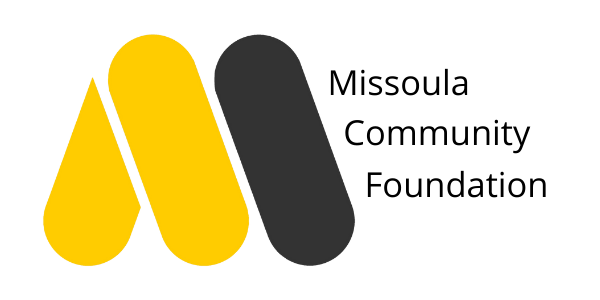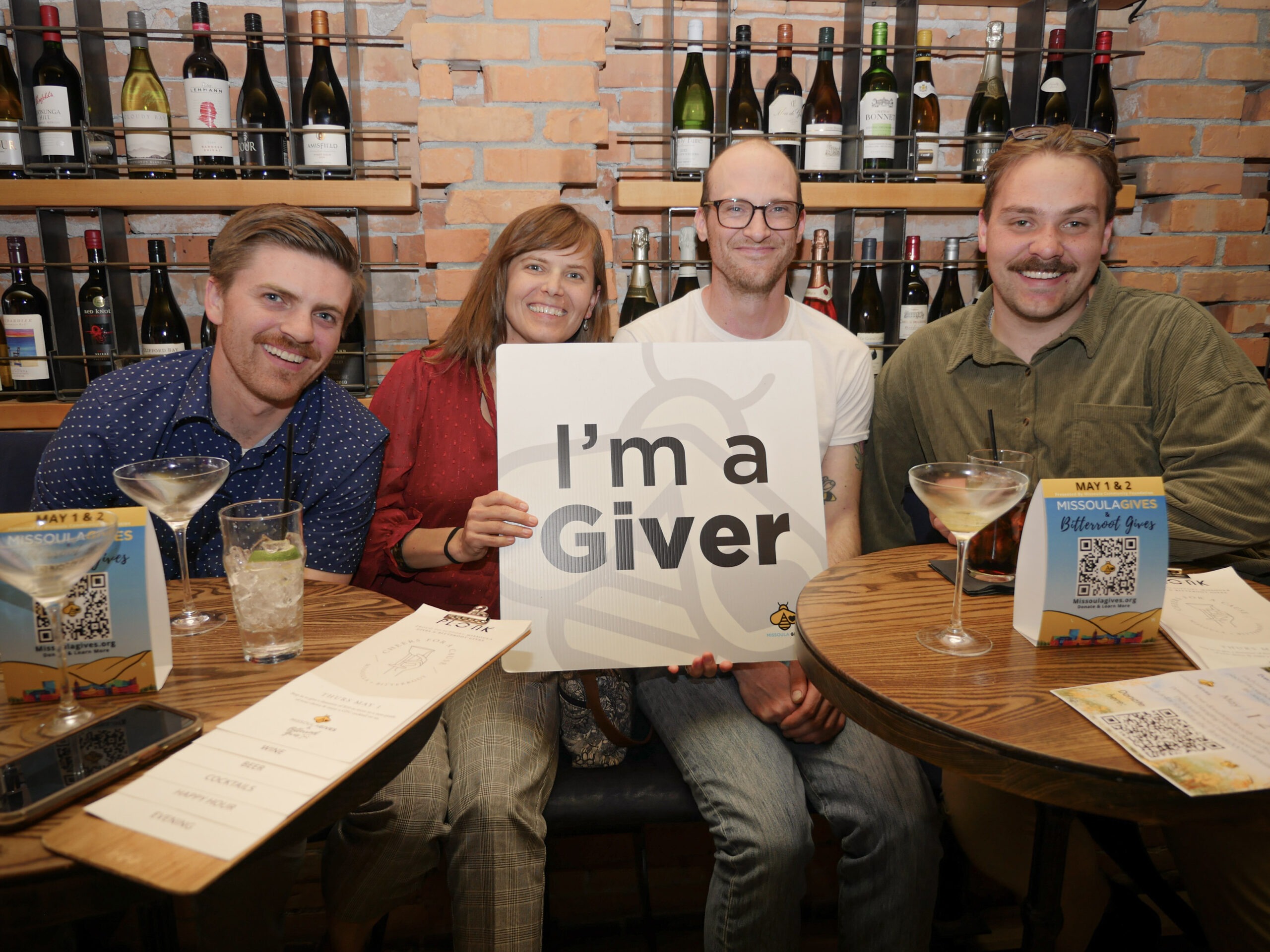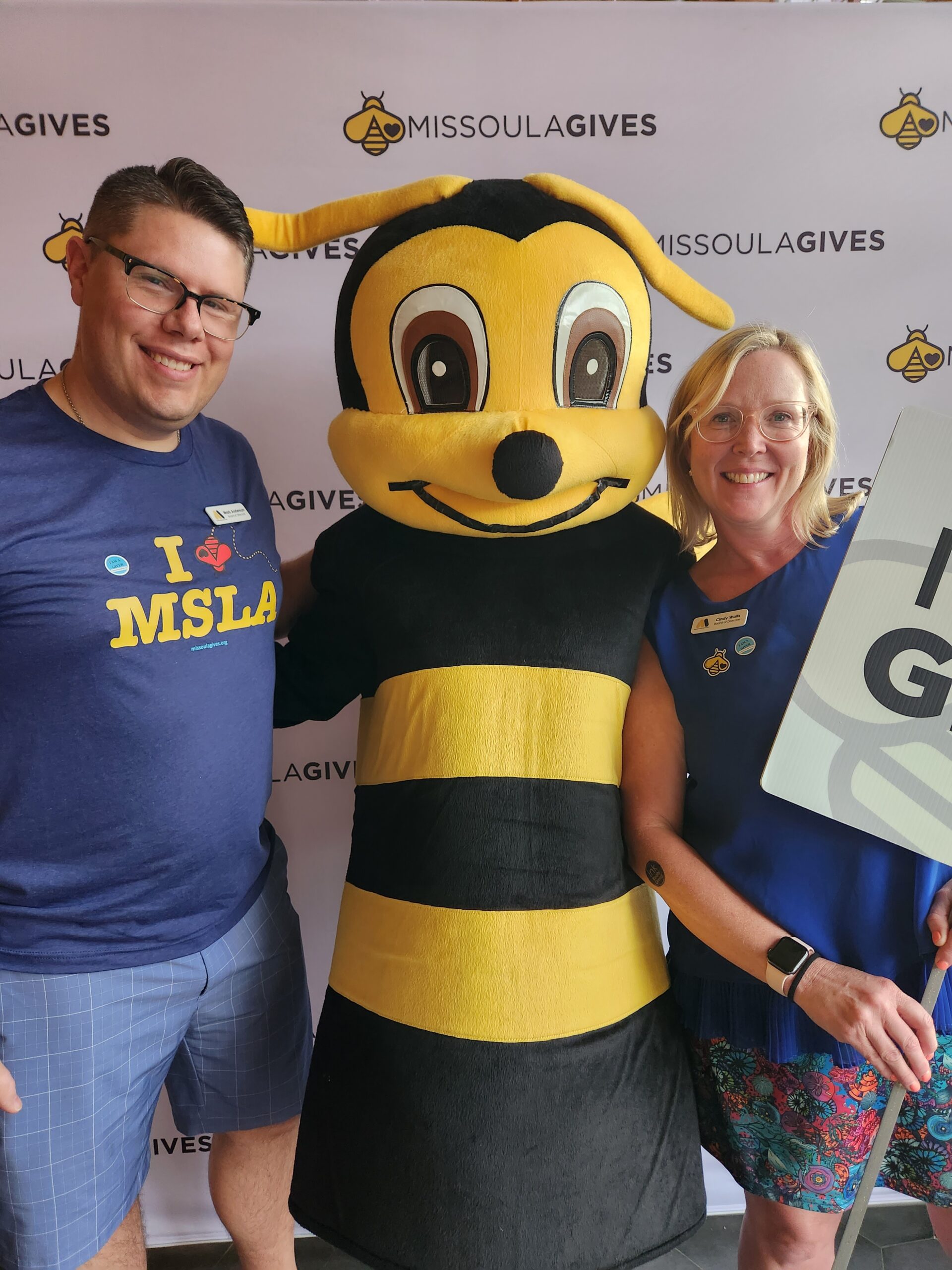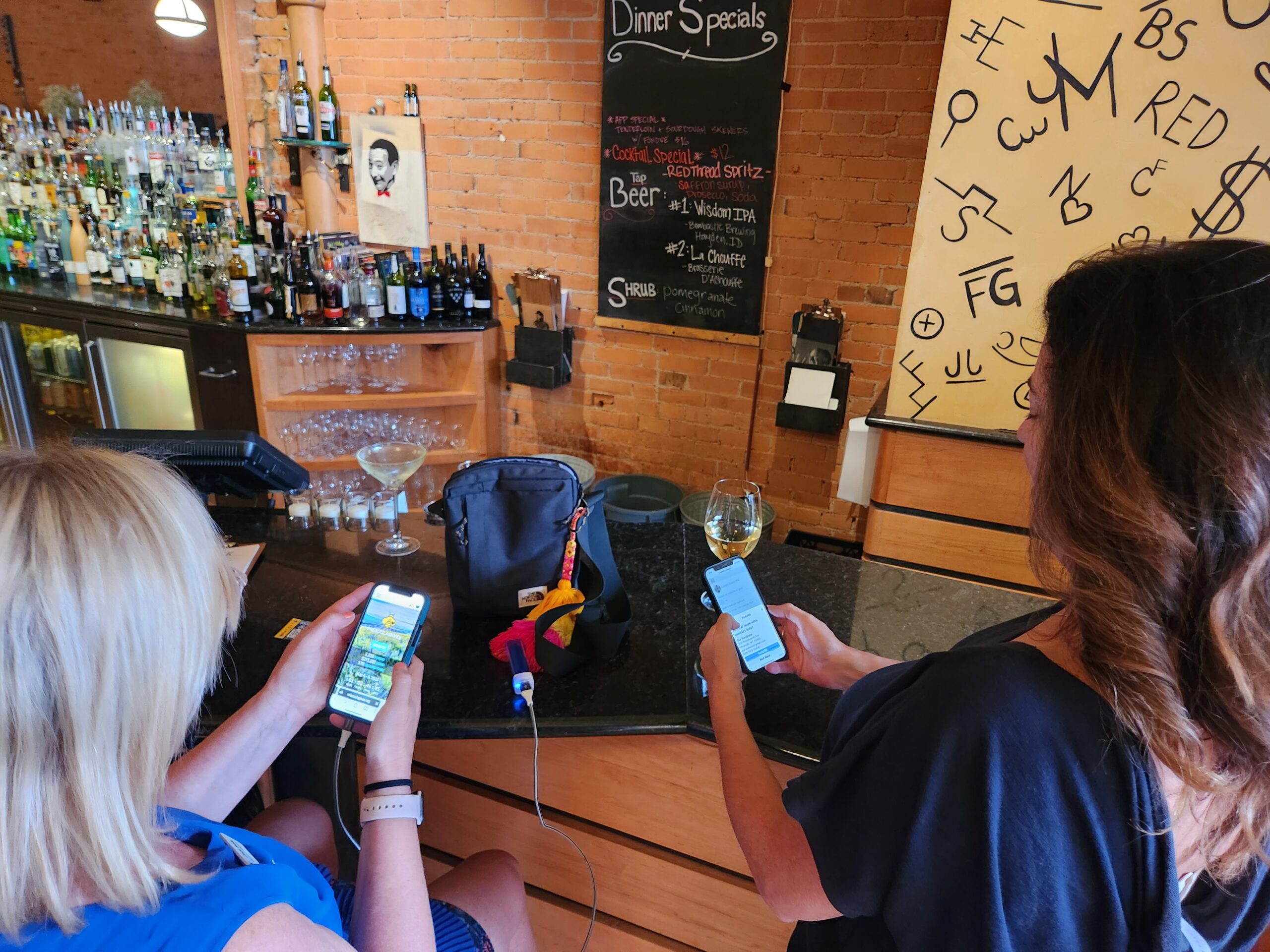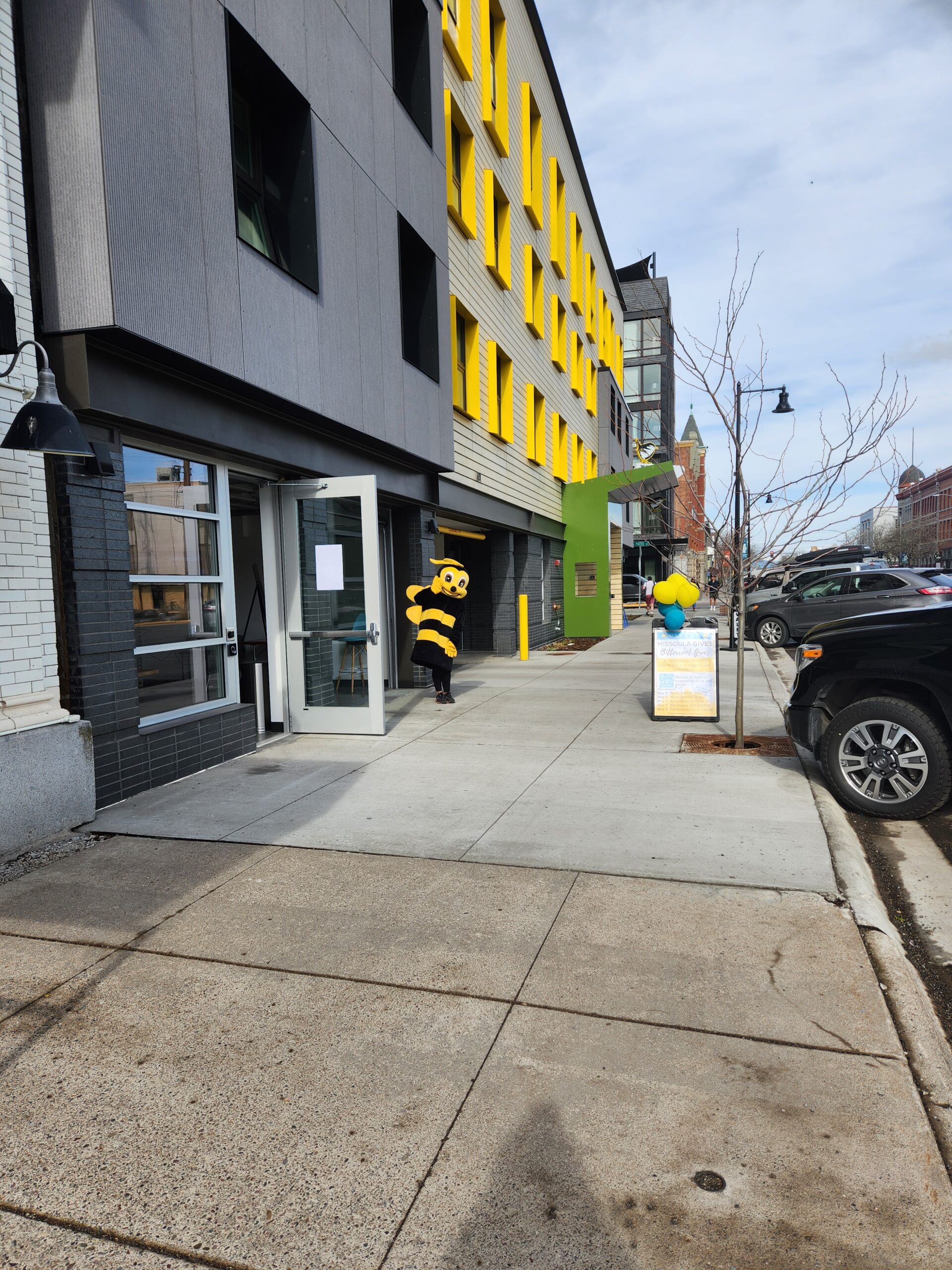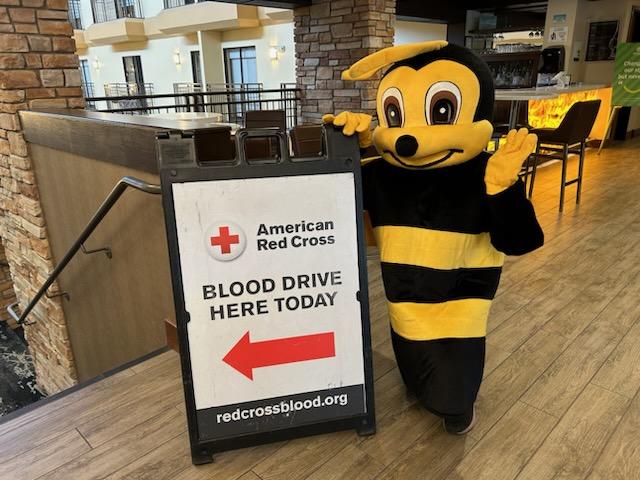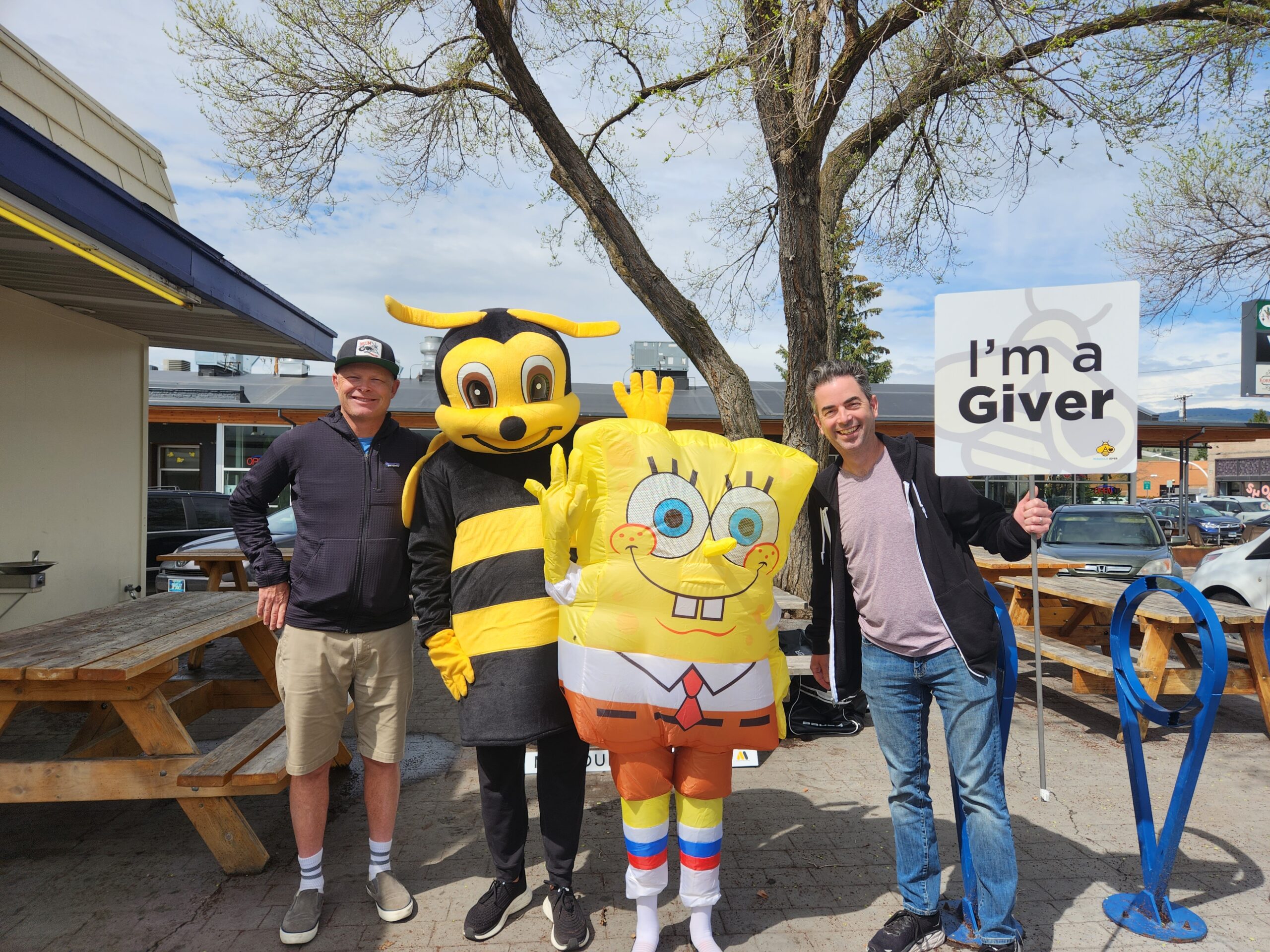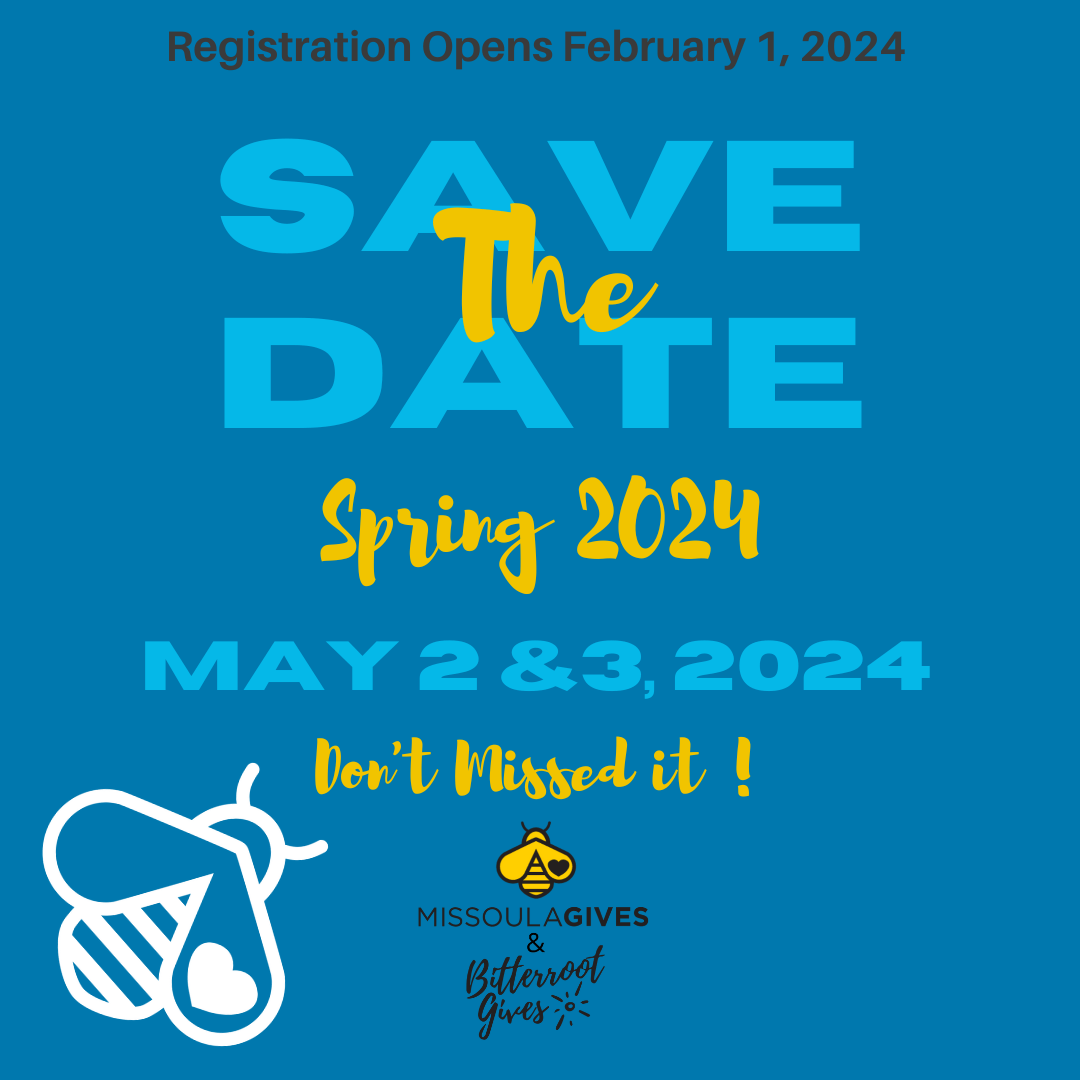Weighing the options: Private foundation or donor-advised fund?
Weighing the options: Private foundation or donor-advised fund?
Lately we have been fielding some questions about DAF vs Private Foundation so we thought we would dispel some of the myths. When working on the components of an estate or financial plan, one of the first areas you’ll likely explore is the structure. Many of you are familiar with both private foundations and donor-advised funds as useful charitable giving tools. Before you jump into one or the other, though, it’s important to review the similarities and differences between the two so that you can best achieve your or your clients goals.
To help you evaluate the options, here are three common myths about the differences between private foundations and donor-advised funds.
Myth #1: Donor-advised funds are all the same and only private foundations can be customized
Private foundations will always differ from donor-advised funds in important ways, not only because of their status as separate legal entities and the deductibility rules for gifts to these entities, but also because of the opportunities to customize governance. But it is a mistake to assume that a donor-advised fund is a cookie-cutter vehicle. Indeed, “donor-advised fund” is simply a term used to describe the structure of a fund and its relationship with a sponsoring organization such as a community foundation. The donor-advised fund vehicle itself is extremely flexible. Here’s why:
–Donor-advised funds are popular because they allow the donor to make a tax-deductible transfer of cash or marketable securities that is immediately eligible for a charitable deduction. Then, they can recommend gifts to favorite charities from the fund when the time is right.
–A donor-advised fund at the community foundation is frequently a more effective choice than a donor-advised fund offered through a financial institution. That’s because at a community foundation, the fund holder is part of a community of giving and has opportunities to collaborate with other donors who share similar interests. Plus, the community foundation is itself local and is deeply knowledgeable about the needs of our region and the nonprofits meeting those needs.
–The community foundation can work with you and your client to build a charitable giving plan that extends for multiple future generations. That is because the team at the community foundation supports you or your clients in strategic grant making, family philanthropy, and opportunities to learn about local issues and nonprofits making a difference.
Myth #2: Deciding whether to establish a donor-advised fund or a private foundation mostly depends on size
The size of a donor-advised fund, like the size of a private foundation, is unlimited. The United States’ largest private foundations are valued well into the billions of dollars. Information about private foundations, ironically, is not so private. The Internal Revenue Service provides public access to private foundations’ Form 990 tax returns. That is not the case for individual donor-advised funds.
Similarly, donor-advised funds are not subject to an upper limit. Although information on the asset size of individual donor-advised funds is not publicly available, anecdotal information indicates that some donor-advised funds’ assets may total in the billions of dollars.
Indeed, a donor-advised fund of any size can be an effective alternative to a private foundation, thanks to fewer expenses to establish and maintain, maximum tax benefits (higher deductibility limitations and fair market valuation for contributing hard-to-value assets), no excise taxes, and confidentiality (including the ability to grant anonymously to charities).
The net-net here is that the decision of whether to establish a donor-advised fund or a private foundation–or both–is much less a function of size than it is other factors that are tied more closely to the objectives that you or client are trying to achieve.
Myth #3: Donor-advised funds and private foundations are mutually exclusive
Make sure you’re aware of the benefits of using both a donor-advised fund and a private foundation to accomplish clients’ charitable goals. For example:
–Donor-advised funds can help meet the need for anonymity in certain grants, which is typically difficult using a private foundation on its own.
–A donor-advised fund can receive a your or client’s gifts of highly-appreciated, nonmarketable assets such as closely-held stock and real estate, and benefit from favorable tax deduction rules not available for gifts to a private foundation.
–An integrated donor-advised fund and private foundation approach can help a client balance and diversify investment and distribution strategies to ensure that giving to important causes remains steady even in market downturns.
Some private foundations are even considering transferring their assets to a donor-advised fund at the community foundation to carry on the foundation’s mission. Terminating a private foundation and consolidating giving through a donor-advised fund is sometimes the best alternative for a client when the day-to-day management and administration of the private foundation has become more time-consuming than expected and is taking time and focus away from nonprofits, the community, and making grants.
Along these lines, some families find that the tax rules related to investments, distributions, and “self-dealing” have become harder to navigate and are perhaps even preventing the family from maximizing tax benefits of charitable giving. Finally, the administrative load of managing a private foundation sometimes becomes overwhelming, especially if the family members who handled these functions initially have retired, passed away, or simply become busy with other projects.
The bottom line here is that we encourage you to reach out to the team at the community foundation anytime you are evaluating how to structure a charitable giving plan to achieve both your client’s charitable goals and financial goals. Our team is here to help. In many cases, the community foundation’s tools and services are a great fit for your client’s needs. If not, we will point you in the right direction.
Here is our little cheat sheet for some of the differences.

Missoula and Bitterroot Communities Raise Over $1.4 Million for Local Nonprofits During Annual Giving Day
Missoula and Bitterroot Communities Raise Over $1.4 Million for Local Nonprofits During Annual Giving Day
In an inspiring display of generosity and community spirit, residents across the Missoula and Bitterroot valleys came together for this year’s Giving Day, raising more than $1.4 million for 205 local nonprofits through the contributions of over 4,500 donors.
This year’s Giving Day comes at a pivotal time. Many local nonprofits are facing increased demand for services amid ongoing economic uncertainty, reduced federal funding, and rising operational costs. The remarkable response from the community is a powerful reminder that Missoula and the Bitterroot care—and act—when it matters most.
“The Giving Day isn’t just about fundraising—it’s about community resilience, shared values, and the belief that we can all make a difference,” said Marcy Allen, Executive Director at the Missoula Community Foundation. “We’re proud to live in a region where people show up for their neighbors, nonprofits, and the causes they believe in.”
From environmental conservation and mental health services to arts programming, food security, and youth development, the funds raised will have a lasting impact on organizations working every day to strengthen the social fabric of western Montana.
“The money we raised through Missoula & Bitterroot Gives is critical to our Empower Pack Program. The funds raised during this years campaign equate to more than 6,500 hunger free weekend for local kids” said Amy Allison, “Missoula and Bitterroot Gives is a wonderful opportunity for us to share our work with the greater community and raise funds to nourish Missoula’s youngest community members.”
The Missoula Community Foundation extends their heartfelt thanks to every donor, volunteer, and nonprofit that participated. This Giving Day proves once again: Missoula and the Bitterroot do give.
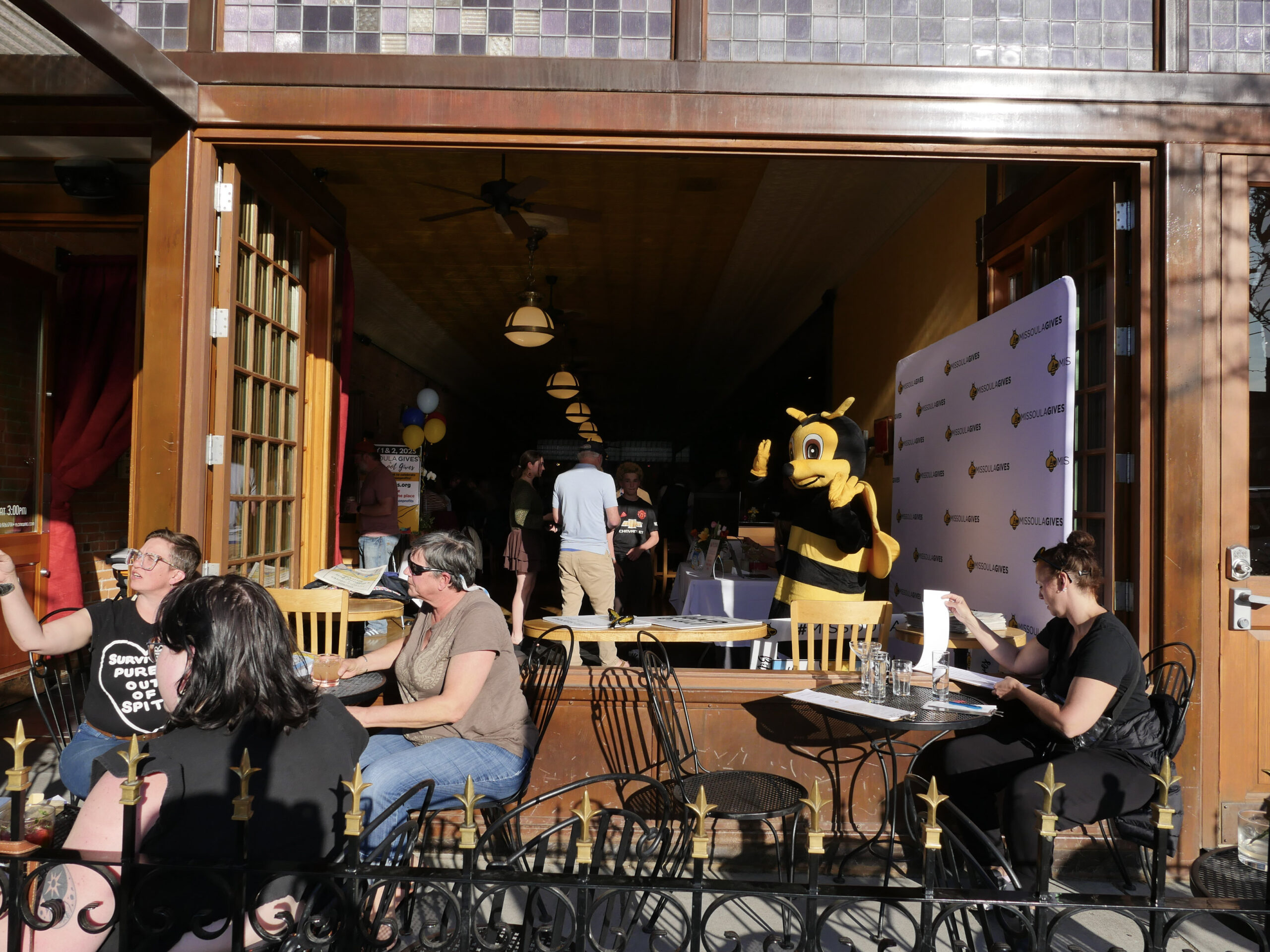
June 5 | Nonprofit Endowments
Nonprofit Endowments: Equipping Boards and Staff for Financial Resilience
Educational Events for Philanthropy & Community Giving
The Missoula Community Foundation will host Nonprofit Endowments: Equipping Boards and Staff for Financial Resilience, a lunch time event , from 12:00 to 1:00 PM on June 5th at Missoula Public Library on the 4th floor Cooper Room.
Join us for an insightful lunchtime event at the Missoula Public Library, with our Executive Director, Marcy Allen. We will delve into the world of nonprofit endowments. As a community foundation dedicated to supporting local nonprofits, we understand the vital role that endowments play in ensuring long-term sustainability and impact. Whether you’re a seasoned nonprofit leader or a board member looking to enhance your organization’s financial resilience, this event offers valuable knowledge and practical tips on establishing and growing endowments to secure your organization’s future.
The doors will open at 11:45, and the presentation will be from 12:00-1:00. We will provide a free lunch to attendees. This is intended to be an event that can be done on your lunch time, but we will be stick around to answer questions afterwards from 1:00-1:30.
This is part of the Missoula Community Foundation’s Be the Change Educational Series. This series includes presentations, workshops and panel discussions that support and encourage philanthropy in Missoula and beyond. This series is free and open to the public.
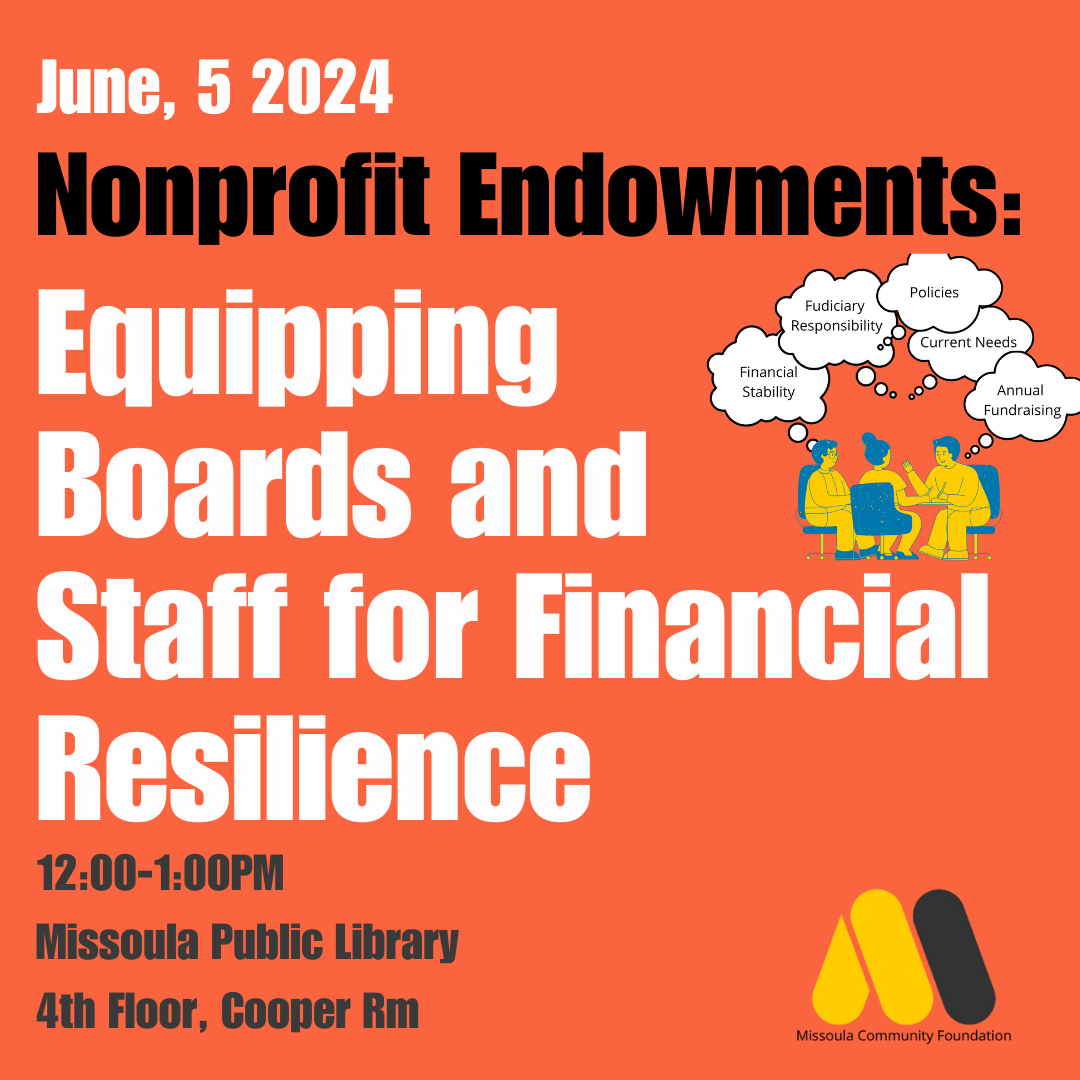
Colin Moffatt Snodgrass Youth Hockey Scholarship Endowment Fund
Missoula lost a bright light and enduring spirit on the evening of September 27, 2023. Colin Moffatt Snodgrass was a beloved son, brother nephew, and life partner. He was a best friend to many and a leader and mentor to even more. His contagious energy, smile, and kind heart are deeply missed by all who knew him. Adventure was a necessity and he embraced life every day in his short 33 years. Colin lived his life to the fullest, savoring every minute spent with friends and family. He lifted all who knew him up with his presence.
Colin, aka C-Snod, participated in childhood sports and also enjoyed camping, fishing, and hunting. His best days were spent winning hockey games, running sprints with the soccer team, doing pushups wherever he might be, climbing mountain peaks, and traveling.

Colin led by inspiring others through his hustle, encouraging messages to teammates, and positive energy. He was humble, never seeking the limelight, but you could often find him in the middle of a great play. Colin found pleasure in practice as much as the game itself. He often worked on his stick skills, lifted “rocks” in the wilderness for fun, and shot pucks endlessly in his parents’ basement.
At age eight, Colin started playing organized hockey and helped his team win numerous games, tournaments, and awards. After high school, Colin played for the University of Montana during the 2010-11 season. At the time of his death, Colin was organizing his Glacier Hockey League adult teams in the Cup and Advanced levels for the 2023-2024 season.
The Colin Moffatt Snodgrass Youth Hockey Scholarship was established to honor Colin’s spirit and celebrate young women and men ages 8-18 who have a similar passion for hockey and life. Two scholarships will be awarded annually: a $1,033 travel hockey scholarship and a $330 in-house scholarship.
The scholarship is administered by the Moffatt-Snodgrass-Wilson families in partnership with Glacier Ice Rink, and funds for the scholarship are held in the Colin Moffatt Snodgrass Youth Hockey Scholarship Endowment Fund at the Missoula Community Foundation. Thanks to hundreds of people who donated at the time of Colin’s death, the family was able to endow the majority of these funds and make the scholarships available in perpetuity.
In honor of Colin, friends and teammates do 33 pushups after hockey games, summiting peaks or completing a workout.
_____________________________
If you would like to make a gift of stock or other non-cash assets, please reach out to the foundation at 406-926-2846. If you would like to donate by check, please make the check payable to ‘Missoula Community Foundation’ with ‘Colin Moffatt Snodgrass Scholarship Endowment’ in the memo line.
Checks can be mailed to:
Missoula Community Foundation
PO Box 8806
Missoula, MT 59807
Board Members Instrumental to Success
Board Members Instrumental to Success
The Missoula Community Foundation Board transitioned to new roles in the new year, and several members who were integral to the rebuilding and growth of the organization have departed after many years of service.
Mark Anderson, Principal Consultant at Advanced Technology Group, will serve as board president. Outgoing president Tony Crawford, Associate Dean and Professor, University of Montana School of Business, will continue on the board and as chair of the Investment Committee.
Charity O’Connor was elected Vice President; Ben Sokoloski, Area Manager, Fidelity National Title, will be Treasurer and Julie Osborn, Co-Founder, Ecology Project International, will serve as Secretary.
The foundation is deeply grateful to Clare O’Connell, recently retired Principal at Passage West, Cindy Waltz, Broker/Partner, Ink. Realty and Rob Richardson, Chief Investment Officer and Director of Research, SG Long Financial, for their impactful, thoughtful, service on the board.
Both Clare and Cindy guided the organization through a transition in leadership and were boots on the ground when the foundation needed a new vision, structure and staff. Marcy Allen, Msla CF Executive Director, noted, “Clare has been such a guiding light and steady leader for the organization. Her board service has affected how thoughtfully we operate in the world – and her calm personality, curiosity, and commitment has been a huge asset to our work.” And, “I can say that without Cindy, all we have accomplished and where we are today would not have happened. She provided me with a sounding board, she was curious, she jumped in whenever asked. Cindy is a doer, and when you are a big picture person you need a doer.”
Rob served as the first chair of our investment committee. “This new leadership group has been so important to our growth,” Allen said, “ and it has guided the establishment of our managed funds. We were able to tap into Rob’s expertise – which has been an enormous asset to us, and we now have investment policies in place that are moving us forward and strengthening the organization as a whole. This would not have been possible without Rob, and we are delighted that he will continue to serve on the Investment Committee as a non board member.”
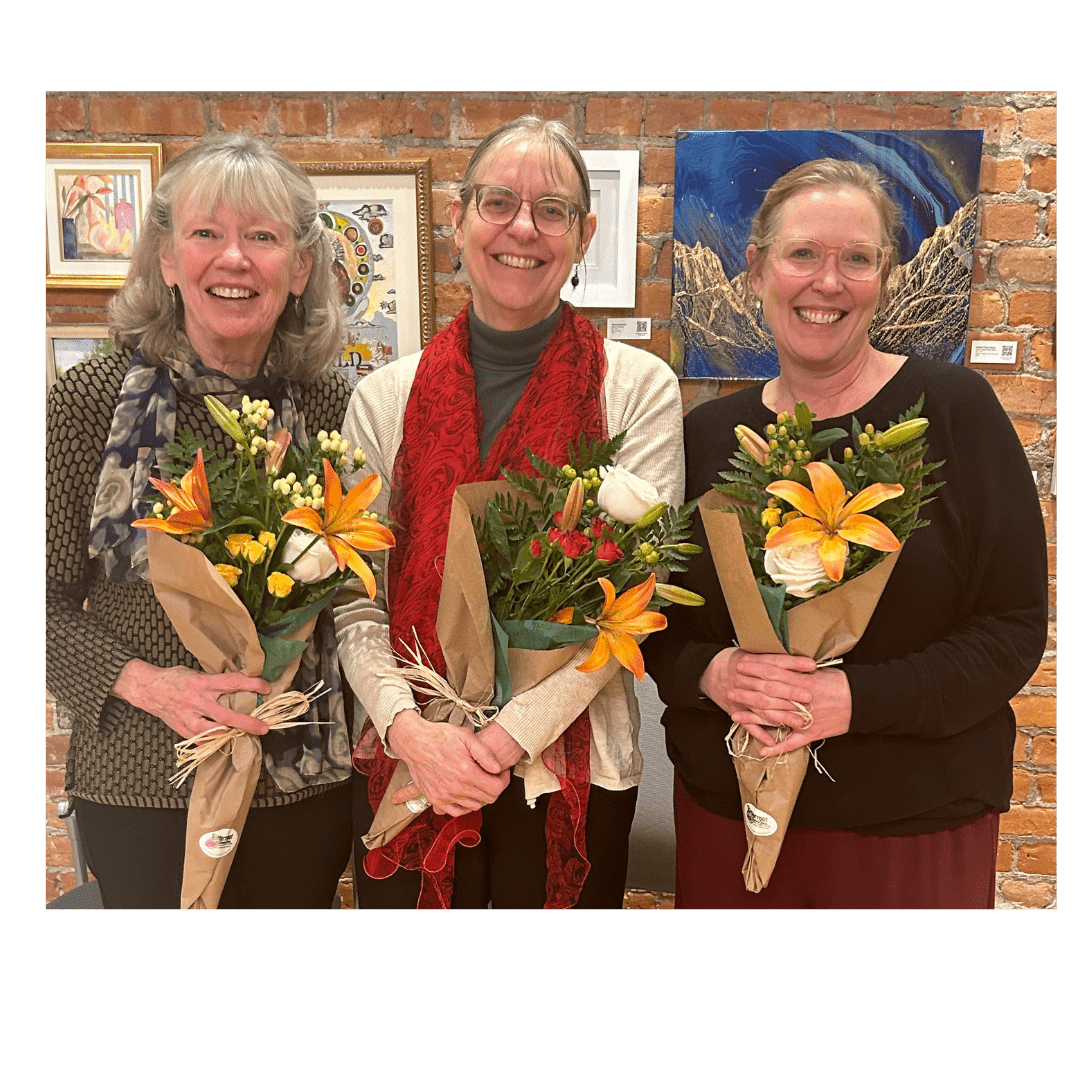
Legacy giving: A conversation that’s full of opportunity
 August is National Make-A-Will Month, and you may be reading articles and hearing about estate planning more this month than usual, which makes the next few weeks an especially good time to review your estate plans–or get your wills and trusts in order if you haven’t done so yet.
August is National Make-A-Will Month, and you may be reading articles and hearing about estate planning more this month than usual, which makes the next few weeks an especially good time to review your estate plans–or get your wills and trusts in order if you haven’t done so yet.
Charitable giving is an important part of any estate planning conversation. Certainly, bold, legacy-making plans are frequently in the news because of the high-profile people who establish them, but you too, and nearly anyone, really, can leave a legacy to support favorite charitable causes.
Here’s a primer about leaving a legacy:
Q: What is a legacy gift to a charity?
A: Think of a charitable legacy as a post-life gift that you structure in advance. Legacy gifts are often referred to as planned giving.
Q: What assets can be used to make a legacy gift?
A: Like the gifts to charity that you are already making during your lifetime, cash, stock (especially highly-appreciated stock), real estate, life insurance, an IRA beneficiary designation (which is extremely tax effective), are examples of assets that can be the subject of a legacy gift. A legacy gift can be expressed in your estate planning documents as a dollar amount, percentage of the whole, or a legacy gift of the assets themselves. You will want to choose assets carefully, enlisting the expertise of your financial planner or attorney to do so.
Q: How is a legacy gift actually made?
A: Legacy gifts are typically spelled out in detail in your will or trust documents. This is especially important because after you are gone, too much is otherwise potentially subject to hearsay or conflict. To attorneys, accountants, and financial advisors, this is common sense, but a surprising 2 out of 3 Americans have no estate planning documents.
Q: What are some particulars to be aware of?
A: Most legacy gifts can be revoked or altered through beneficiary or will changes during your lifetime. This is an important feature, as you can include charitable giving in your estate plans but still be flexible as your overall family and financial picture changes over the years.
Q: What tools does the community foundation offer to help?
A: A particularly useful technique is to establish a fund at the community foundation that spells out the your wishes for charitable distributions to specific organizations. Your estate planning documents can, in turn, simply name the fund as the beneficiary of charitable bequests. You can adjust the terms of the fund anytime during your lifetime to reflect evolving charitable priorities.
Want to know more details about Estate Planning in Montana check out our webinar with Marsha Geotting.
Learn more about how your legacy could establish a fund at the Community Foundation or how we could help fund the organizations you are most passionate about. Call us (406)926-2846 to set up an appointment.
*Please note that The Community Foundation does not render tax or legal advice. We ask that you consult with your professional advisor about your situation before making a charitable gift.
Structure is a critical step in multi-generational philanthropy
 Instilling the idea of charitable giving in children and grandchildren at first blush may appear to be easy, but where to begin, and how to make it ongoing? More and more, wealth advisors are being asked by their clients to weigh in on strategies for fostering a family’s financial values, which frequently include charitable giving traditions.
Instilling the idea of charitable giving in children and grandchildren at first blush may appear to be easy, but where to begin, and how to make it ongoing? More and more, wealth advisors are being asked by their clients to weigh in on strategies for fostering a family’s financial values, which frequently include charitable giving traditions.
An important first step in creating any multi-generational philanthropy plan is to consider organizing your charitable giving, such as through a family donor-advised fund at the community foundation.
The process of organizing charitable giving itself creates much-needed clarity around your family’s philanthropic purpose. This is because without an organized approach to family giving, it is easy for children and grandchildren to get confused about their parents’ and grandparents’ processes for making decisions about which nonprofits to support.
Consider this scenario:
"Before we got everything organized through the community foundation, our family seemed to take a shotgun approach to charitable giving," commented the daughter of an entrepreneur who formed a family donor-advised fund upon the sale of a business.
Her mother, the entrepreneur, had underestimated the confusion: "Nearly every check I’d ever written to a charity was aligned with my commitment to supporting a healthy workforce in our community. Without a healthy workforce, my business would never have been successful. Now, though, I see that because I was not involving the rest of my family in my giving and explaining why I was supporting certain causes, it might have looked chaotic to them."
Establishing a fund at the community foundation can be a very effective solution for many donors who are looking to launch a multi-generational giving strategy. Here’s why:
- Community foundation vehicles are extremely flexible and can be used to engage an extended family in the process of charitable giving. Donor-advised funds, for example, are popular because they allow the donor to name children and grandchildren as successor advisors.
- When charitable giving is organized through a community foundation fund, the donor can make a large transfer of cash or marketable securities that is immediately eligible for a charitable deduction. Donors can recommend gifts to favorite charities from the fund when the time is right. This is especially useful in the case of those who sell a business or experience a large influx of taxable income in a single tax year.
- Establishing a donor-advised fund at the community foundation can be a great choice for family-oriented donors. That’s because, at a community foundation, donors, as well as their children and grandchildren, are part of a community of giving and have opportunities to collaborate with other donors who share similar interests.
- The community foundation can work with a family on a charitable giving plan that extends for multiple future generations. That is because the experienced team at the community foundation supports strategic grant making, family philanthropy, and opportunities to gain deep knowledge about local issues and nonprofits making a difference
- Finally, the community foundation’s tools and resources make it much easier for families to communicate across generations about the family’s charitable giving purpose and goals for long-term impact.
We welcome the opportunity to work with you to establish an enduring and rewarding family philanthropy program that is customized to meet your family's unique goals and interests.
We Raised Over $1M!
Missoula & Bitterroot Gives Raised Over $1 Million This Year!
The Missoula & Bitterroot Gives community fundraising event wrapped up last night and raised $1.1 million for area nonprofits. An initiative of the Missoula Community Foundation, Missoula & Bitterroot Gives supported over a 195 nonprofit organizations this year in Missoula and Ravalli Counties.
“This day tells such a wonderful story of who we are as a community, it celebrates the work of our nonprofits but also the generous individuals and businesses that give,” said Marcy Allen, Executive Director of the Missoula Community Foundation. “We had 196 organization raise funds and share their stories this year, a record. 245 nonprofit staff attended our pre-day trainings. We had 6,340 donations and of those 1215 were new donors to an organization. The day comes together because of hundreds of people and organizations planning the event and working behind the scenes. It is truly remarkable to see Missoula come together like this and support our non-profit sector.”
The money raised isn’t the only benefit to the organizations that participate. The campaign also provides a structure for non-profit staff, volunteers and board members to work together to reach their goals. We had 172 peer to peer fundraising who brought in almost $200,000.
“Missoula Gives platform provides a great framework for nonprofits at any level to raise funds. We hear so many great stories throughout the day, my favorite this year was about a donor who told the person who had solicited him to give ‘Thank you for asking me to give, it brought me such joy’. There is so much joy in giving and I hope every felt some of that yesterday” Allen explained.
The Missoula Community Foundation has hosted Missoula Gives since 2014 and in that time has raised over $6 million for area nonprofits. The foundation also manages charitable funds, connects donors and causes, and is a resource for planned giving.
The day officially ended at 7PM on the 5th but donations can be made through May 13th at MissoulaGives.org.
